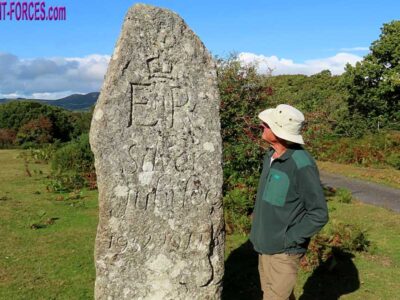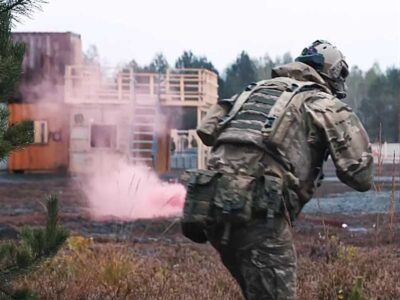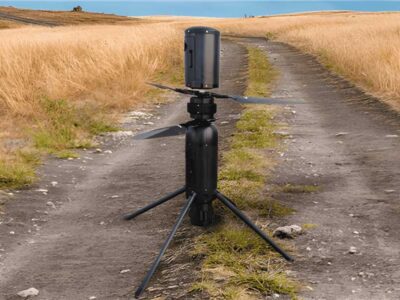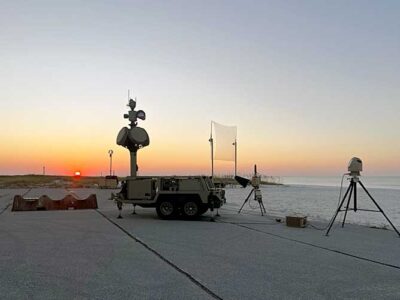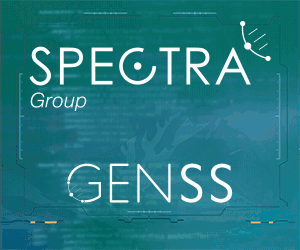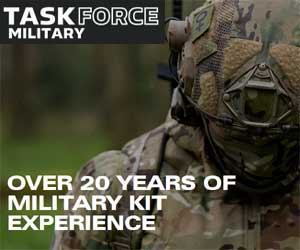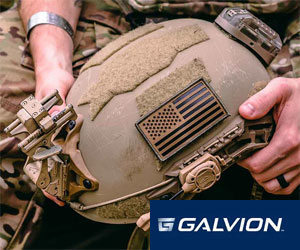GA-ASI has been contracted by the US Navy to develop conceptual designs for a Collaborative Combat Aircraft (CCA).
~
Press Release, San Diego CA, 17 October 2025: General Atomics Aeronautical Systems, Inc. (GA-ASI) has been contracted by the US Navy to develop conceptual designs for a Collaborative Combat Aircraft (CCA) to support the carrier air wing of tomorrow.
GA-ASI was selected to work on Navy CCA designs emphasising a modular approach to platform selection, capable of being rapidly reconfigured and upgraded to meet changing mission requirements, including operations on and from aircraft carriers. GA-ASI’s approach supports the Navy’s revolutionary acquisition strategy of smaller, frequent purchases that enable rapid technology insertion rather than traditional long-lifecycle programmes
GA-ASI’s Navy CCA contract follows its selection to design and fly the US Air Force’s first CCA, the YFQ-42A. A production-representative unmanned fighter, YFQ-42A was the first Air Force CCA to begin flight testing in August, another historic achievement for the company.
“We’re honoured by the vote of confidence from the US Navy and we’re eager to put what we’ve built to work for the future fleet,” said GA-ASI President David R. Alexander. “No one has more experience than we do with unmanned combat aircraft and we’re leveraging that to help the Navy get this capability onto the flight deck fast.”
CCAs are highly capable, semi-autonomous jet fighters that complement and enhance traditional, human-piloted combat aircraft. Produced in high quantities at comparatively low cost, they let commanders shift risk away from human flight crews, enhance the sensing and other capabilities of legacy aircraft formations, increase lethality of the air wing, and maximise operational flexibility across the board.
GA-ASI has configured all its unmanned combat air vehicles (UCAV) to be AMS-GRA compliant, including XQ-67A, YFQ-42A and MQ-20 Avenger. GA-ASI rapidly reconfigured and upgraded its modular XQ-67A Off-Board Sensing Station, an autonomous-capable unmanned jet built under contract from the Air Force Research Laboratory that achieved first flight in 2024. GA-ASI has pioneered unmanned jet operations for more than 17 years, beginning with the MQ-20 Avenger in 2008, and has extensive experience working with the US Navy and other nations on carrier-based unmanned aircraft operations.
The Navy’s CCA design will emphasise seamless coordination among manned fighters, uncrewed vehicles and support platforms; accommodate elevated risk profiles and reduce risk to crewed platforms; support and enhance 4th- and 5th-generation aircraft and complement 6th-generation aircraft; and maximise operational flexibility, cost efficiency and mission effectiveness.
At the UK’s Farnborough Air Show in 2024, GA-ASI announced its company-developed concept for ship-based CCA operations, codenamed Gambit 5. GA-ASI’s Gambit Series envisions multiple CCA variants rapidly reconfigured from a common Gambit Core, enabling substantial commonality for rapid and affordable production at scale.
GA-ASI has recorded numerous recent aviation milestones with its aircraft at sea. In 2023, the short takeoff and landing demonstrator known as Mojave launched from and landed aboard the British aircraft carrier HMS Prince of Wales. In 2024, Mojave took off from the South Korean amphibious assault ship Dokdo and flew to a naval base ashore.
GA-ASI has developed more than two dozen different types of unmanned aircraft and delivered more than 1,200 units to customers, building more than 100 aircraft per year at its 5 million-square-foot manufacturing facility in Poway, Calif. GA-ASI aircraft have amassed 9 million total flight hours and more than 50 GA-ASI aircraft are aloft around the world every minute of every day.
~



